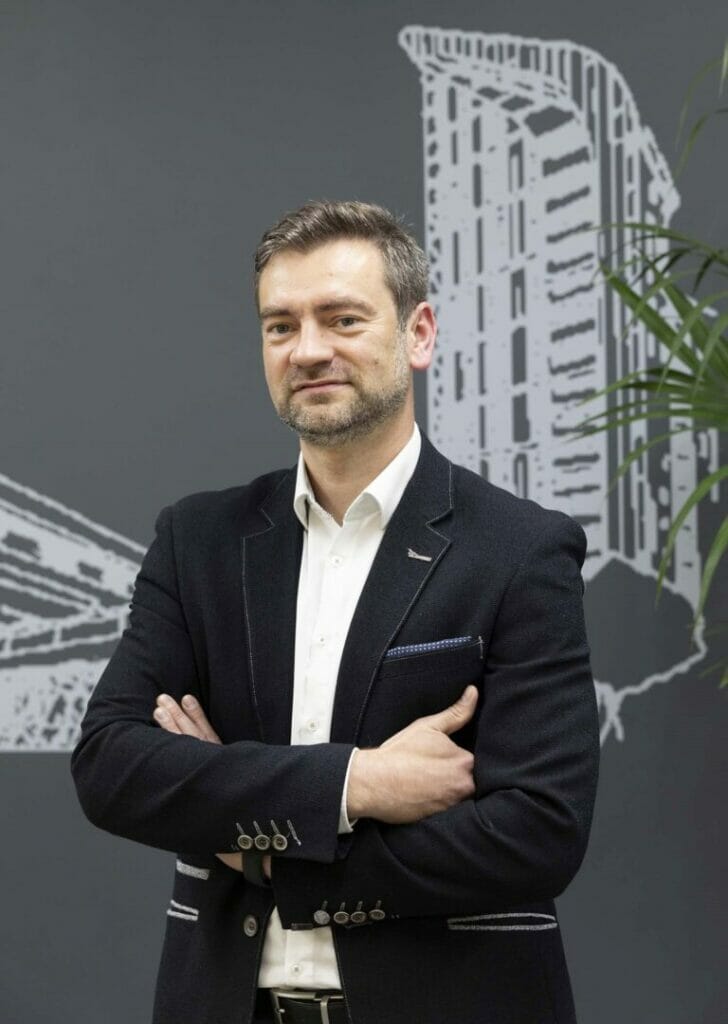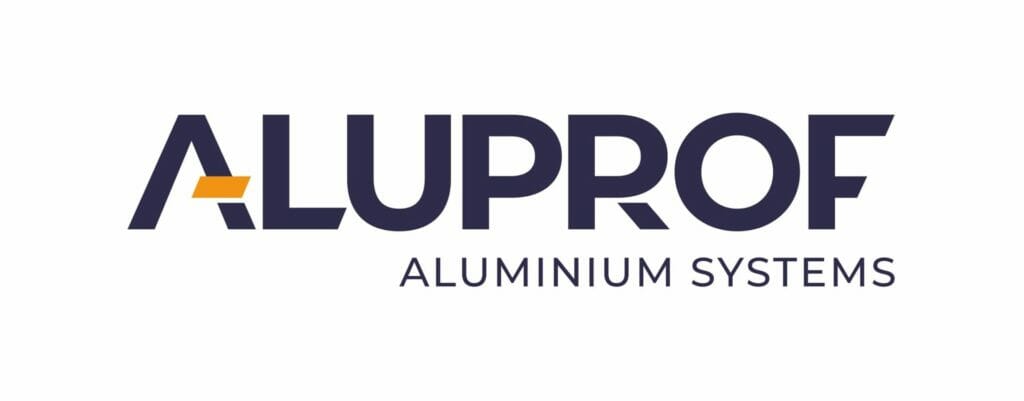
by Wojciech Brożyna – MD of Aluprof UK
In previous decades when energy costs were affordable, we heated our poorly insulated buildings in winter and then switched on air conditioning in summer to keep them cool. The extensive use of fossil fuels to heat and cool our properties has contributed to placing us on a global warming roadmap which we are now eager to apply the brakes, if we can find them in time!
Whilst we generally think that a Passivhaus design building maintains a comfortable internal environment given the colder zones of the northern climate, the reverse is also true. Utilising colder evening temperatures in hot climates to cool the structure, internal temperatures can be kept at a comfortable level during the hottest of days.

There are five key elements to understand about Passivhaus before starting to look at the technical requirements. First and foremost, Passivhaus is fundamentally about integrated design where the whole building team are involved at the outset. Whilst it may seem that Passivhaus is designed just for colder climates, the second key element is information about location, as a well designed Passivhaus structure can now effectively be installed anywhere in the world. Orientation, the third key element, has a part to play in ensuring that solar heat gains are minimised. The fourth key element is the building form; whilst a Passivhaus construction can take any form, physics confirms that a convoluted shape with a resulting greater surface area for a given space, will likely allow for more heat transfer through the building fabric. Finally, the fifth element is that of the construction methodology itself. Passivhaus maintains a fabric first approach and whilst any material can be utilised, the focus on airtightness and thermal insulation are paramount. Thermal bridges are to be avoided at all costs to maximise insulation at critical points of the structure. In Passivhaus, it is the building fabric design that does all the heavy work of maintaining a steady, comfortable internal temperature.
Whilst ‘Passivhaus’ is commonly considered as a German innovation, in fact, it was an American physicist, William Shurcliff who in 1982 published a book “The Saunders-Shrewsbury House,” in which he describes the concepts of “super-insulation” and passive solar as “passive house.” In the late 1980s a passive house movement had emerged in North America, but, shortly after America lost its appetite for energy conservation and Germany picked up the reins. German physicist Wolfgang Feist refined the passive house concept to further improve efficiency and proposed a passive house concept with an annual energy demand of just 15 kilowatt-hours per square metre of floor area.
As the UK has recently seen temperatures reach 40º Celsius, many of our buildings fail to cope with keeping internal spaces at a constant comfortable and safe temperature. It is estimated that there are currently around 2,000 heat-related deaths in the UK every year with a further 10,000 deaths due to the cold. With increasing extremes of weather, these figures will likely increase over time. Keeping our buildings within a temperature comfort zone throughout the daily and yearly cycle will ensure a safe and healthy environment is maintained for occupants.

Designing high insulation wall elements can be relatively straightforward, but when these elements are perforated by windows and doors, robust detailing is needed to minimise thermal bridging and maximise air tightness. Window and door systems chosen must offer the highest levels of thermal insulation including the adoption of triple and quadruple glazing. Few systems meet these high performance characteristics, most are supplied by aluminium systems companies with wide, high performance thermal breaks. Aluprof, one of Europe’s leading aluminium systems companies, offer a range of systems that can be specified by architects to meet the requirements of Passivhaus design.
Members of the UK Passivhaus Trust, Aluprof’s class leading MB-104 window and door system has gained the Passivhaus Institute Darmstadt certification. The MB-104 Passive Aero has excellent thermal insulation performance for an openable window system with a Uw as low as 0.53 W//m2K and for a door with a UD as low as 0.62 W//m2K. With glazing widths up to a class leading 81mm in thickness, doors can also be assembled into panel doors as well as fully glazed options.
Whilst high performance curtain walling, windows and doors can greatly assist in thermal insulation, especially when specified with high performance glazed units, it should be remembered that there are also additional products that may be used to enhance thermal stabilisation of a building space. Solar shading, or brise soileil, can offer sun shading of glazing helping to reduce solar gains. Solar shading can take the form of fixed louvres or external Venetian or roller blinds. Enhancing thermal insulation, roller shutters can be added at the design stage to external window reveals, furthermore, shutters can also offer enhanced building security, especially at ground floor level. Aluprof offer a wide range of additional products that can be discussed as options during the early design stages.
At the design concept it is crucial that the right product is specified along with detailing to ensure that the building will meet Passivhaus standards. Aluprof can assist in product choice, often tailoring the system chosen to offer the best specification for its location. The technical team at Aluprof can also offering assistance in the reveal detailing, which will minimise thermal bridging in the interface between the building fabric and window system.
Since setting up the Aluprof Office at the Business Design Centre in London, the company has rapidly grown their specification influence in the UK with their high-performance architectural aluminium systems. Further expansion of the company’s headquarters in Altrincham now provides specifiers with meeting facilities and an extensive showroom of commercial systems to view.

Further information is available on the company’s website at aluprof.co.uk or direct from their UK head office in Altrincham on 0161 941 4005.
